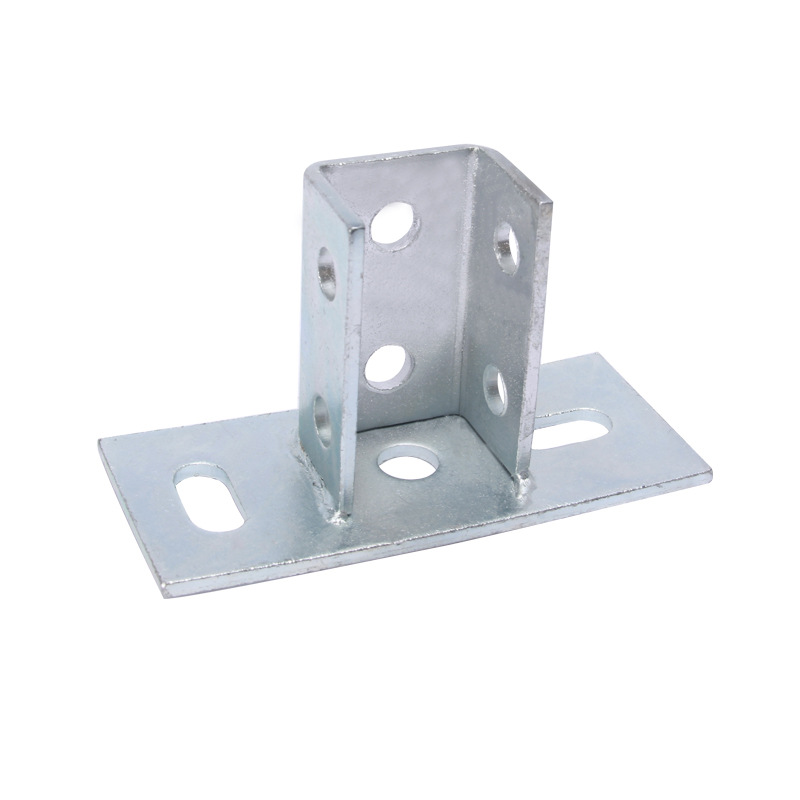

Comprehensive Guide to ASTM A325 Nuts Specifications and Their Practical Uses
Dez . 04, 2024 12:54 Back to list
Comprehensive Guide to ASTM A325 Nuts Specifications and Their Practical Uses
Understanding ASTM A325 Nuts Specifications and Applications
In the realm of construction and structural engineering, the importance of using the right fasteners cannot be overstated. Among these fasteners, ASTM A325 nuts hold a prominent position, particularly in the fabrication and assembly of structural steel joints. This article aims to delve into the specifications and applications of ASTM A325 nuts, providing insights that can aid engineers, architects, and construction professionals in making informed decisions.
What is ASTM A325?
ASTM A325 is a standard specification promulgated by ASTM International, which defines the requirements for high-strength bolts used in structural steel assemblies. These bolts are typically used in applications requiring superior strength and resistance to fatigue. ASTM A325 nuts are specifically designed to couple with these bolts. Parts specified under ASTM A325 are generally utilized in pre-tensioned or slip-critical joints, often found in bridges, buildings, and various infrastructures.
Specifications of ASTM A325 Nuts
The ASTM A325 specification categorizes its nuts primarily based on their material and mechanical properties. Here are some essential specifications
1. Material Composition ASTM A325 nuts are made from medium carbon steel, often with a minimum tensile strength of 120 ksi (kilopounds per square inch). Some variations may include nuts made from alloy steel, which enhances their mechanical properties and improves wear resistance.
2. Heat Treatment These nuts are typically heat-treated to enhance their strength and toughness. Heat treatment processes may include quenching and tempering, allowing the nuts to withstand significant stresses without deforming or failure.
3. Surface Coating To prevent corrosion, ASTM A325 nuts may come with various surface coatings, such as hot-dip galvanizing or mechanical galvanization. These coatings are critical in outdoor and harsh environments where exposure to moisture and chemicals is prevalent.
4. Dimensional Tolerances The specification outlines specific dimensional tolerances for the nuts to ensure they fit snugly with A325 bolts and maintain structural integrity. These tolerances help in the prevention of slippage and misalignment in assemblies.
understanding astm a325 nuts specifications and applications

5. Marking Requirements ASTM A325 nuts are generally marked with specific identifiers that indicate compliance with the ASTM A325 specification. These marks typically contain information about the grade, manufacturer, and possibly the heat number for traceability.
Applications of ASTM A325 Nuts
The applications of ASTM A325 nuts are broad and varied, primarily encompassing industries that utilize structural steel. Below are some of the most common applications
1. Structural Steel Fabrication In the fabrication of steel structures like bridges and buildings, A325 nuts are critical in creating strong connections between components. Their high-strength properties ensure that the joints can withstand dynamic loads and stresses.
2. Construction Projects In various construction projects, including high-rise buildings and large infrastructures, ASTM A325 nuts complement high-strength bolts to construct safe and durable frameworks.
3. Shipbuilding and Marine Applications The marine industry often utilizes A325 nuts as part of securing various structural components of ships and offshore structures, owing to their resistance to fatigue and corrosion.
4. Pre-engineered Buildings Pre-engineered steel buildings frequently employ ASTM A325 nuts in their construction due to ease of assembly and the capability to sustain high loads.
5. Power Generation The power generation sector, especially in wind and hydroelectric plants, relies on the strength and reliability of ASTM A325 nuts for securing critical components subjected to high stresses and environmental factors.
Conclusion
In summary, understanding ASTM A325 nuts' specifications and applications is vital for professionals in the field of construction and engineering. These nuts not only provide the necessary strength and durability for structural connections but also adhere to stringent manufacturing standards to ensure safety and performance. By selecting ASTM A325 nuts for respective applications, engineers and constructors can significantly enhance the overall integrity and longevity of their projects, thereby contributing to safer and more robust infrastructures. Whether in bridges, buildings, or power plants, the role of these nuts in modern engineering is indispensable.
Latest news
-
Premium Fasteners Manufacturer | AI-Driven Solutions
NewsAug.01,2025
-
Hot Dip Galvanized Bolts - Hebei Longze | High Strength, Corrosion Resistance
NewsAug.01,2025
-
High-Strength Hot Dip Galvanized Bolts - LongZe | Corrosion Resistance, Custom Sizes
NewsAug.01,2025
-
Best Self Tapping Screws for Drywall - Fast & Secure Installation
NewsJul.31,2025
-
High-Strength Hot Dip Galvanized Bolts-Hebei Longze|Corrosion Resistance&Customization
NewsJul.31,2025
-
Hot Dip Galvanized Bolts-Hebei Longze Metal Products|Corrosion Resistance&High Strength
NewsJul.31,2025

